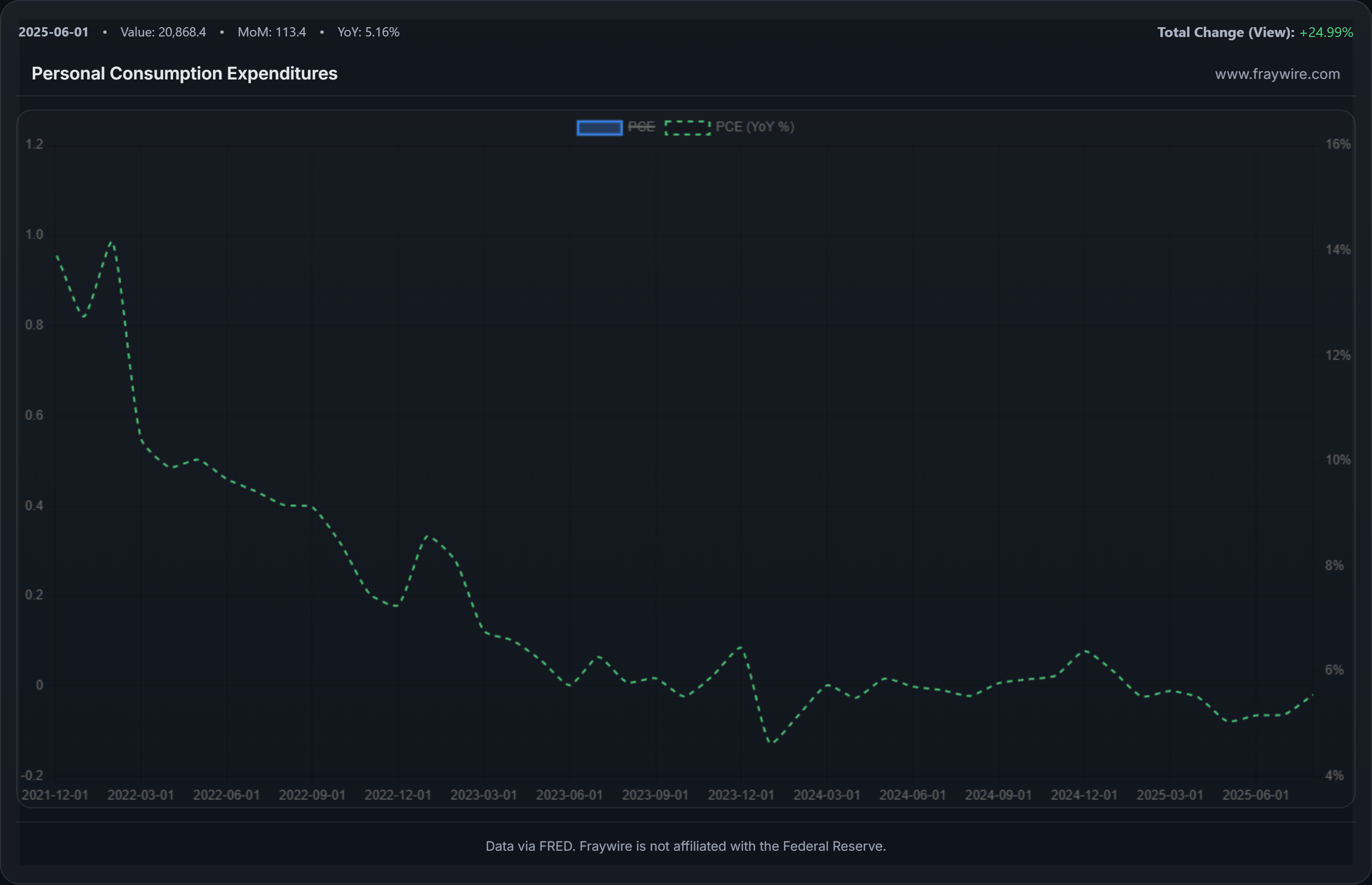Rising bearish sentiment signals growing unease across markets and Main Street alike.

Overview
The ongoing government shutdown is increasingly impacting public sentiment and economic forecasts. Recent polling indicates a growing concern among Americans regarding the shutdown’s effects on the economy, with President Trump and both political parties receiving negative ratings for their handling of the situation. This sentiment is reflected in the S&P 500 index, which has shown mixed performance amidst these developments, closing at 682.06, a slight increase from the previous month but down from recent highs of 687.39.
- Government shutdown leads to rising economic concerns.
What Changed

New polls reveal that 63% of articles on Glideslope.ai reflect bearish sentiment regarding the government shutdown’s economic impact. President Trump’s administration faces criticism as the shutdown extends, with key government services halted and public dissatisfaction growing. The S&P 500 index’s recent performance, with a 1.92% rise over the last 30 days but a decline of 0.46% over the past week, underscores the uncertainty investors feel about the economic outlook.
- Polling shows public concern about the shutdown’s economic effects.
Why It Makes Economic and Strategic Sense

The shutdown has significant implications for consumer confidence and market stability. As essential services are disrupted, spending may decline, affecting GDP growth. The political stalemate raises questions about fiscal policy and government effectiveness, which could lead to a prolonged economic slowdown if not resolved. Investors are likely to remain cautious, weighing the potential for legislative action against the backdrop of a bearish sentiment reflected in the market.
- Shutdown disrupts services, potentially lowering consumer spending.
How It Hits Markets

The S&P 500 index’s recent performance indicates investor anxiety, with the index experiencing fluctuations between 669.21 and 687.39 over the last month. Sectors sensitive to government spending, such as defense and infrastructure, may face headwinds as budgetary constraints tighten. The bearish news sentiment (63% negative) could further dampen investor appetite, leading to increased volatility in equity markets.
- Market volatility increases amid economic uncertainty.
Scenarios and Market Read-Through
Scenario (Base Case): 60% – The shutdown continues without resolution, leading to increased economic strain and potential declines in consumer spending.
Market Signal: Continued volatility in the S&P 500 and bearish sector performance.
Scenario (Upside): 25% – A bipartisan agreement is reached, ending the shutdown and restoring government services, boosting investor confidence.
Market Signal: Sharp recovery in the S&P 500 and related sectors.
Scenario (Downside): 15% – The shutdown extends indefinitely, exacerbating economic concerns and leading to a significant market downturn.
Market Signal: Increased bearish sentiment and potential declines in the S&P 500.
- Three scenarios outline potential outcomes of the shutdown.
Positioning Context
Investors may consider positioning themselves defensively in anticipation of continued volatility. Potential strategies include:
- Long positions in consumer staples to hedge against economic downturns.
- Shorting sectors reliant on government spending, such as defense and infrastructure.
- Monitoring developments in fiscal policy for potential reallocation into growth sectors post-shutdown.
- Defensive positioning recommended amid uncertainty.
What to Watch This Week
Key upcoming events that may influence market sentiment include:
- Continued congressional discussions regarding the government shutdown.
- Economic data releases, including consumer sentiment and retail sales figures.
- Public reactions to President Trump’s upcoming interview on 60 Minutes.
- Monitoring of congressional discussions is crucial.
Bottom Line
The ongoing government shutdown poses significant risks to economic stability and market performance. With public sentiment turning increasingly bearish, investors should remain vigilant and consider defensive strategies as the situation unfolds. The potential for a bipartisan agreement exists, but the current trend suggests heightened volatility in the near term.
- Shutdown risks weigh heavily on economic outlook and investor sentiment.
References
- [1] Poll finds rising concern over shutdown impact on economy, Americans personally
- [2] Dead Internet Theory Is Real, Causing Brain Rot In AI Models
- [3] Trump and Xi Meet Face-to-Face, Share a Firm Handshake
- [4] The perfect grocery list-making app doesn’t exist
- [5] ‘Ghost jobs’ are everywhere — here’s how to avoid falling for them
- [6] Trump admin pressures Lebanon to disarm Hezbollah as envoy calls nation ‘failed state’
- [7] Supreme Court has empowered Donald Trump. How much further will it go?
- [8] Blockchain has earned its place in sports as core infrastructure
- [9] Gunmen kill Mexican mayor who urged government to tackle violent crime
- [10] Has Airbnb reached its peak?
- [11] Warren Buffett shuns stock buybacks even as Berkshire lags the market. Here’s why
Socials
X:https://x.com/breakingmetrics
Instagram:https://www.instagram.com/breakingmetrics
Substack:https://substack.com/@breakingmetrics
Stay ahead of the markets. Subscribe to Breaking Metrics for in-depth analysis on key levels, sentiment trends, and the forces shaping stocks, crypto, and the economy. Fraywire+ Members get insights like this before anyone else. Don’t miss a beat—subscribe today, for free.
The information provided in this newsletter is for educational and informational purposes only. It does not constitute financial, investment, legal, or tax advice. The content is not personalized to the needs, objectives, or financial situation of any individual reader. All investments carry a high level of risk, including the potential for loss of principal. The market analysis, predictions, and opinions expressed are based on the information available at the time of writing and should not be considered as a guarantee of future performance.
Please conduct your own research and due diligence before making any investment decisions. It’s advisable to consult with a qualified professional regarding your specific circumstances before taking any action based on the information presented here. The author and publisher of this article disclaim any liability for any direct or incidental loss incurred by applying any of the information in this article, including but not limited to, any loss or damages resulting from errors, omissions, or inaccuracies in the information provided. Remember that past performance is not indicative of future results.
Stay ahead of news and sentiment with www.glideslope.ai.

